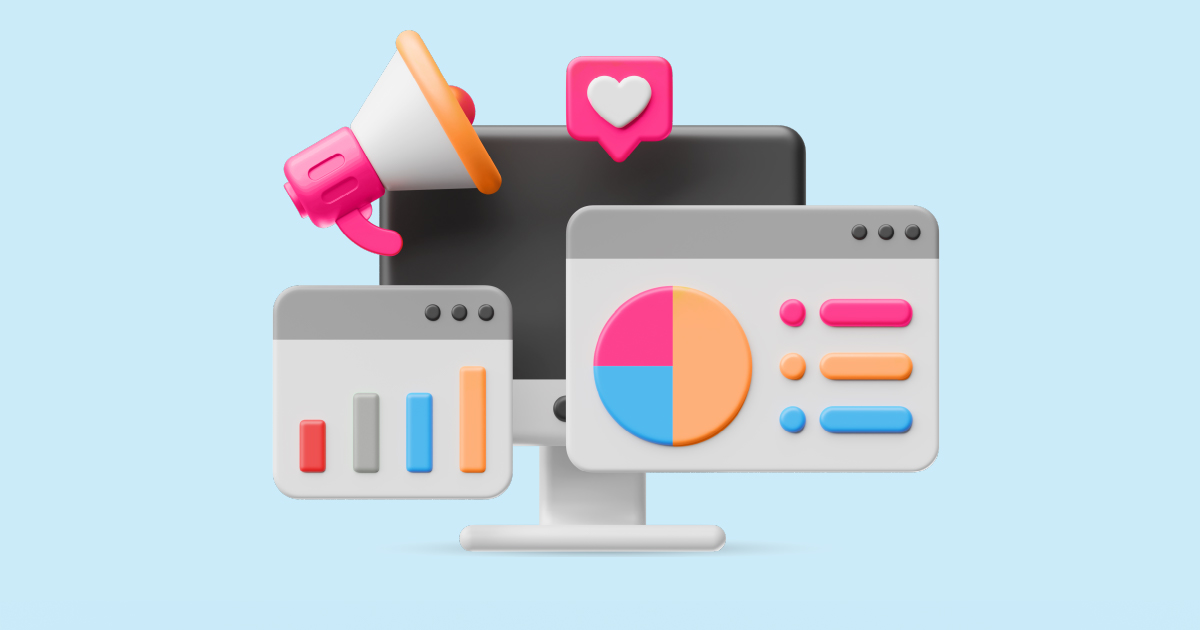What Are the Best Sentiment Analysis Tools for Enterprise? is the process of using natural language processing (NLP), text analysis, and computational linguistics to identify and extract subjective information from source materials. In plain English? It’s how machines figure out if people are happy, sad, or mad based on what they’re saying.
What Are the Best Sentiment Analysis Tools for Enterprise?

For big businesses, understanding what are the best sentiment analysis tools for enterprise? is like having a sixth sense. It helps you gauge public opinion, improve products, stay ahead of competitors, and even prevent PR disasters before they explode on social media. In today’s data-driven world, ignoring sentiment is like flying blind.
Key Features to Look for in an Enterprise Sentiment Analysis Tool
Scalability
You’re not analyzing a few tweets—you’re dealing with millions of mentions across platforms. Your tool needs to grow with your business.
Multilingual Support
Enterprises operate globally. A tool that doesn’t support multiple languages is like a passport with no visa—useless.
Integration Capabilities
Your sentiment tool should play well with CRM platforms, customer support systems, and analytics dashboards.
Real-time Monitoring
Delays can cost reputations. Real-time alerts help you react fast, whether it’s a PR storm or a customer shout-out.
Accuracy and Customization
Off-the-shelf models are great, but being able to train the tool on your own data makes it significantly more precise.
Top Sentiment Analysis Tools for Enterprises
1. AIM Insights
Overview and Use Cases
AIM Insights is a heavyweight in the social listening space, widely used for market research and brand health tracking.
Key Features
- AI-powered sentiment analysis
- Historical data access
- Custom dashboards
- Real-time alerts
2. Lexalytics
Overview and Use Cases
Lexalytics is one of the OGs in text analytics. It’s especially popular in finance and healthcare for its powerful NLP capabilities.
Key Features
- On-premise or cloud deployment
- Deep contextual analysis
- Industry-specific models
3. MonkeyLearn
Overview and Use Cases
A user-friendly tool designed for teams who want to customize models without needing to write code.
Key Features
- Drag-and-drop interface
- Custom model training
- Text classification & extraction
4. Sprout Social
Overview and Use Cases
While best known for its social media scheduling, Sprout Social also offers sentiment analysis features.
Key Features
- Sentiment tagging
- Social CRM
- Engagement analytics
5. Talkwalker
Overview and Use Cases
Talkwalker excels in providing insights across media channels—TV, print, digital, and social.
Key Features
- AI-powered analytics
- Multilingual sentiment detection
- Crisis management alerts
6. IBM Watson Natural Language Understanding
Overview and Use Cases
IBM’s Watson is like the Swiss Army knife of AI. It’s great for extracting sentiment, emotion, and even concepts from text.
Key Features
- Emotion detection
- Keyword extraction
- Advanced AI capabilities
7. Qualtrics XM Discover
Overview and Use Cases
Designed for experience management, this tool dives deep into customer sentiment across touchpoints.
Key Features
- Voice of the customer analysis
- Predictive analytics
- Role-based dashboards
8. Hootsuite Insights (Powered by Brandwatch)
Overview and Use Cases
Combines the usability of Hootsuite with the analytical muscle of Brandwatch.
Key Features
- Sentiment trends
- Share of voice analysis
- Demographic breakdown
Use Cases: How Enterprises Benefit from Sentiment Analysis
Customer Service
Know how customers feel before they churn. Sentiment analysis helps teams respond faster and smarter.
Product Development
Feedback is a goldmine. Discover what features customers love—or hate—before launching updates.
Brand Monitoring
Keep an eye on your reputation. One viral tweet can start a firestorm; sentiment alerts help you act fast.
Market Research
Understand the market pulse without waiting for quarterly surveys. Real-time feedback means real-time strategy.
Choosing the Right Tool for Your Business
Budget Considerations
Some tools charge per mention, others per seat. Know what you’re signing up for—hidden costs can add up fast.
Industry-Specific Needs
A financial firm and a fashion brand need different things. Choose a tool that understands your niche.
Technical Skills Required
Can your team handle APIs and model training? If not, opt for plug-and-play solutions.
Future Trends
- Emotion AI: Beyond positive/negative—tools now detect joy, anger, sadness, and more.
- Voice & Video Sentiment: Analyzing not just words but tone and facial expressions.
- Hyper-Personalization: Individual-level sentiment scoring for customer 360 views.
Conclusion
In a digital world filled with noise, sentiment analysis acts like a filter, helping enterprises tune into what truly matters—how people feel. Whether you’re a marketing manager, a customer service leader, or a data scientist, choosing the right tool can make all the difference between reacting to data and leading with insight.
Ready to take your customer insights to the next level? Request a personalized demo from AIM Technologies and discover how enterprise-grade sentiment analysis can transform your business decisions.




